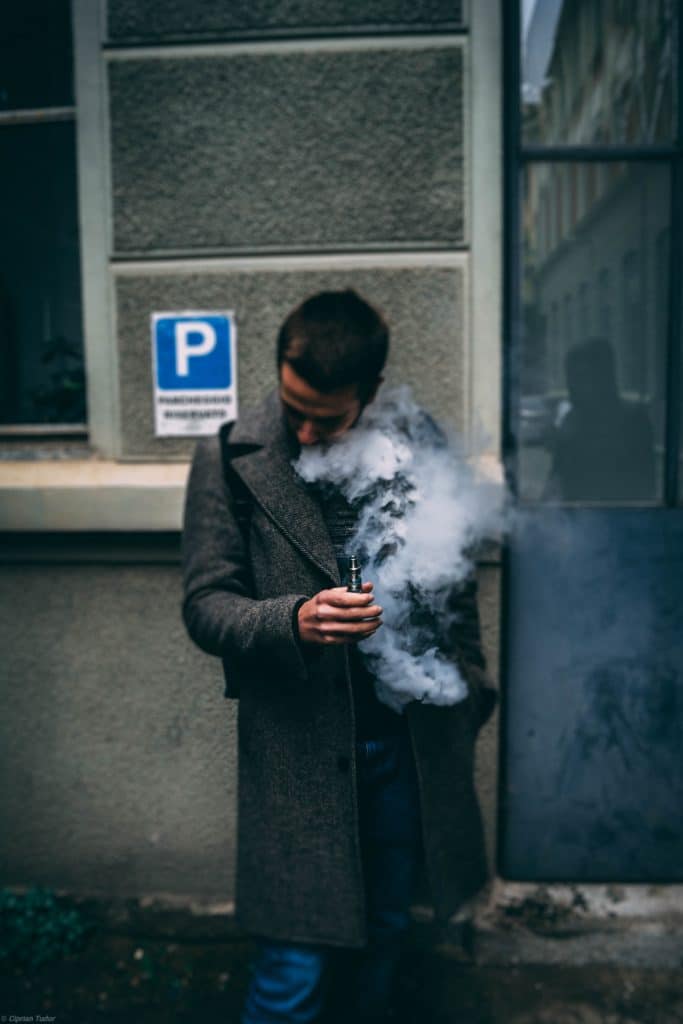Guest blogger and long-time Council friend, Bob W. presents Part 64 of a series dealing with Alcoholism and Addiction from a Mystical, Mythological Perspective, reflecting Bob’s scholarly work as a Ph.D. in mythological studies.
In the 1999 movie, The Matrix, a group of rebels are fighting a desperate war against a machine that has enslaved humanity in a sophisticated virtual reality system. Laurence Fishburne is Morpheus, the leader of the rebels, and he has recruited Neo, played by Keanu Reeves and Trinity, played by Carrie-Anne Moss as his archetypal warriors. The operatives of The Matrix have been unbeatable, led by Agent Smith, played by Hugo Weaving, such that most rebel warriors have little chance in head-to-head battles with the machine.
But Neo and Trinity have developed and honed their skills. A series of confrontations toward the end of the movie have Neo and Trinity performing incredible athletic feats to avoiding being hit by a barrage of bullets and simultaneously firing back in explosive bursts. In one scene, Neo contorts his body to impossible extremes as the bullets fly by in slow motion.

A friend of mine, in a meeting one day, commented on this scene as reminiscent, to him, of how, in our continuing growth in recovery, we learn such adroitness, we develop evasive moves to avoid letting the pitfalls of life destroy us as they once had. What a spectacular vision it created for me. How often in our diseased states and even in early sobriety did we let everyday mishaps and normal challenges penetrate our fragile exterior and drive us to difficult ends.
Some of us, like me, may have reacted to minor mishaps with near explosive rage. Maybe family members pushed long-set psychic buttons with idle remarks; maybe a friend or acquaintance made a snide comment that stirred some long forgotten pain; or maybe some external unrelated event had a similar effect.
Our recovery demands that we learn to deal with these events. As we work the program with sponsors and with fellow recovering heroes we learn to let these events, these triggers, to slide off or around us much as Neo dodged the Matrix’s bullets. The image is powerful…we just need to learn the intricate evasive moves for ourselves, using the tools we hear over and over again from all our Fellows.

